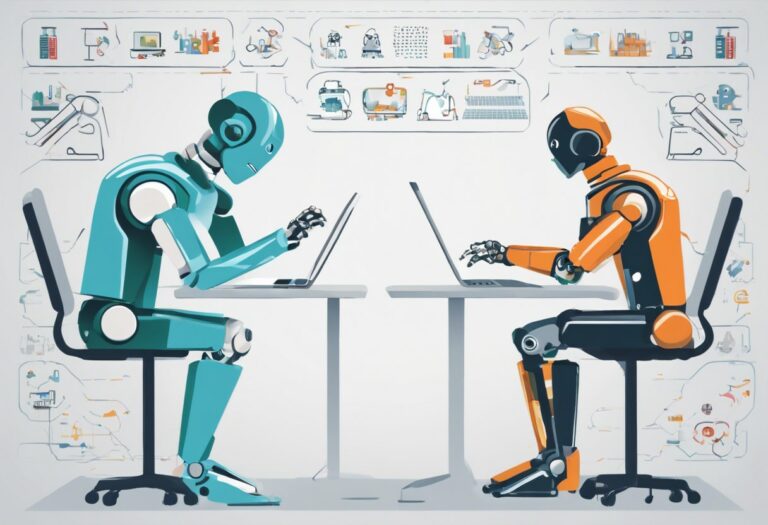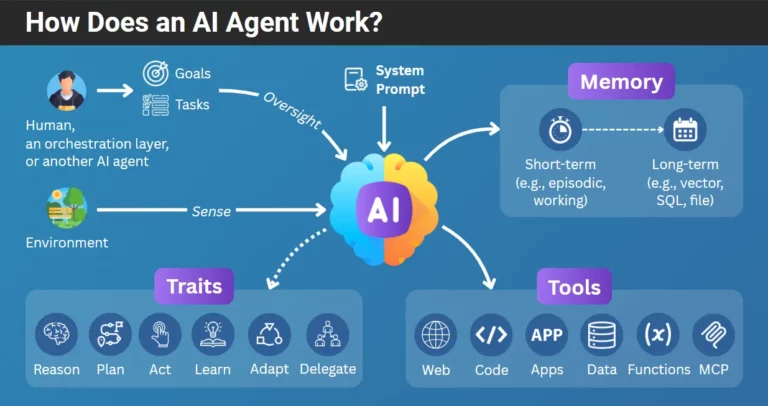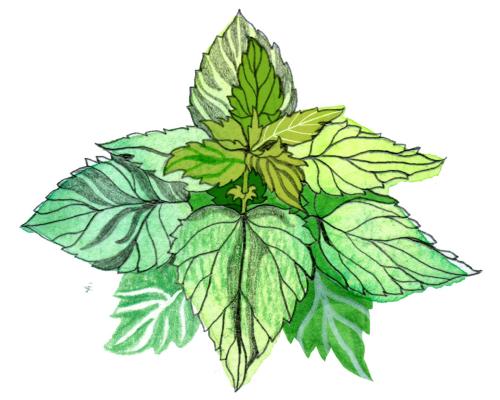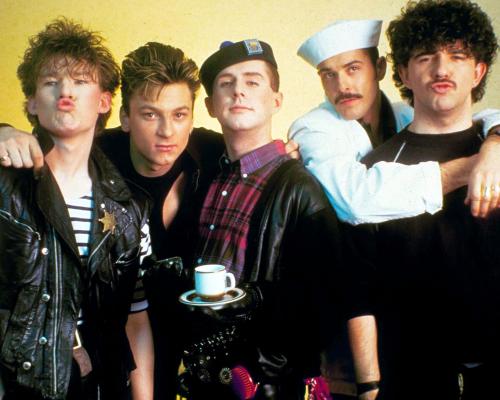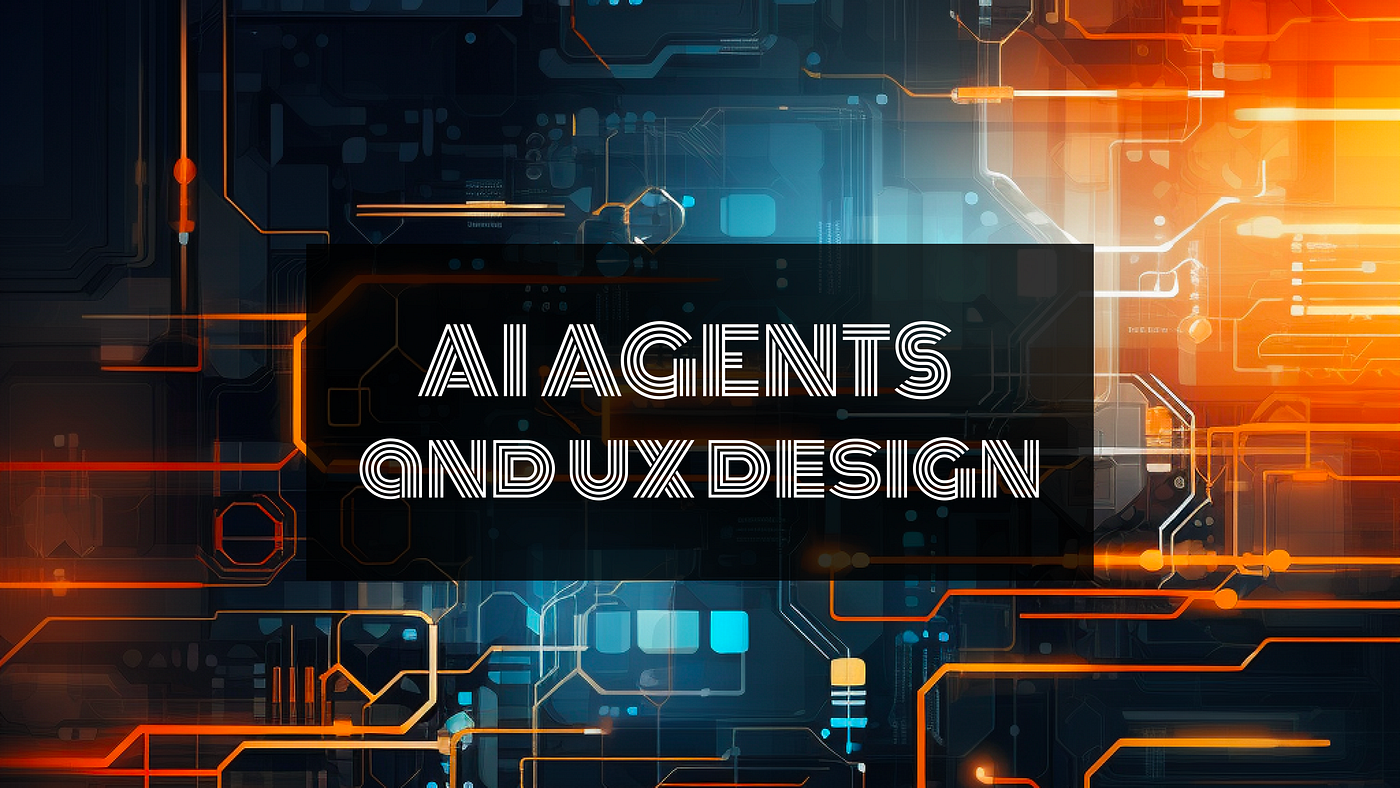
The idea that machines could be creative once sounded ridiculous. Art, music, writing—those were supposed to be uniquely human domains. And yet here we are. AI is now composing symphonies, illustrating children’s books, crafting video game characters, designing logos, and writing screenplays.
This shift is raising eyebrows in every creative field. For some, it’s a revolution. For others, a threat. But one thing is clear: creative AI is not science fiction. It’s changing how we define talent, authorship, and originality.
The Expansion of AI Creativity
Not just content—concept
We’ve seen AI generate images from text (like DALL·E or Midjourney), write blogs with ChatGPT, and remix songs with audio tools. But that’s just the surface. Creative AI is now influencing concept development.
Think of tools that generate product ideas, mood boards, or marketing slogans based on market trends. Designers use AI to brainstorm color palettes, architects test layout options generated by neural networks, and ad agencies ask AI to write 50 slogan variations in seconds.
It’s no longer about replacing execution. It’s about reimagining where ideas begin.
AI in collaboration, not isolation
The most successful uses of AI in creative fields come from collaboration. A designer feeds an AI a rough sketch and gets five stylistic variations. A songwriter hums a melody, and the AI builds a full chord progression. A copywriter writes a product description, and AI suggests five emotional angles.
AI becomes a creative partner, offering inspiration, not domination. It’s not about outsourcing creativity—it’s about augmenting it.
Real-World Impact on Creative Industries
Design and branding
Brands are turning to AI for rapid prototyping. A designer can now create ten logo directions in under a minute using generative design tools. With Adobe Firefly or Canva’s AI tools, even non-designers can create polished visuals, infographics, and product mockups in minutes.
This changes workflows: instead of starting from scratch, creatives start from a set of AI-generated options and refine. It saves time, and in many cases, enhances originality by introducing unexpected starting points.
Film and storytelling
AI tools help scriptwriters test multiple storylines. In animation, AI generates background art, refines lighting effects, or creates realistic character lip-sync. Even storyboarding is getting a tech makeover—software like Runway or Pika allows creators to visualize rough ideas using text prompts.
In indie filmmaking, this is huge. With smaller teams and tighter budgets, AI fills production gaps—from editing to VFX mockups—without sacrificing quality.
Music and audio
From beat-making to mastering, AI plays a role in every step of modern music production. Apps like Amper or Aiva generate original tracks based on genre and mood. Musicians use AI to experiment with rhythm patterns, auto-harmonize vocals, or remix old tracks with a new vibe.
Still, the human ear remains the final judge. Most creators use AI as a tool—not the final artist.
The Controversies Behind Creative AI
Who owns AI-generated art?
If an AI generates a painting based on 10,000 images scraped from the web, is it original? Who owns the rights? The person who typed the prompt? The developer of the model? Or the artists whose work was used to train it?
Laws haven’t caught up. And lawsuits are starting to pile up—especially around datasets used to train generative models. Artists argue that their work has been used without consent. Platforms argue it’s fair use.
Until regulation matures, this legal gray area remains murky—and risky.
Authenticity vs. efficiency
Some argue that AI dilutes the authenticity of art. If a campaign uses an AI-generated photo of a smiling grandmother for a health ad, is it more efficient? Sure. But is it honest? The person doesn’t exist. The smile was never real. In sensitive contexts like politics, health, or culture, that matters.
Audiences increasingly want transparency: “Was this written by a human?” “Was this product photo generated or real?” Brands are beginning to disclose when AI is involved—because trust is on the line.
Impact on creative jobs
Will AI replace designers, writers, musicians? Not entirely. But it will reshape what those jobs mean. Routine tasks—like resizing assets, rewriting social posts, or creating filler audio—are increasingly handled by machines. That means human creators need to shift toward strategy, concepting, and storytelling.
Creativity is becoming less about crafting every pixel, and more about directing the process.
Adapting to the New Creative Workflow
Learn the tools, don’t fear them
AI is here to stay. Creatives who embrace it as part of their toolkit will have an edge. Those who ignore it risk falling behind. Platforms like Adobe, Figma, and Notion are integrating AI natively. Learning how to prompt, refine, and co-create with these tools is quickly becoming a core skill.
Keep human intuition at the center
AI doesn’t feel. It doesn’t know your audience. It doesn’t understand subtext, history, or subtle cultural cues. Human intuition is irreplaceable. The best results come from blending machine power with human insight.
Think of AI as a brainstorming partner—not a decision-maker.
Build ethical guidelines
Whether you’re a freelancer or a creative director at an agency, set boundaries. When is AI appropriate? When do you need real imagery, real voices, real writing? How do you credit inspiration, disclose usage, or protect against deepfakes?
Ethics aren’t just for lawyers—they’re part of every creative brief now.
Stories from the Field
- A fashion brand used Midjourney to generate surreal campaign images that would’ve cost tens of thousands to shoot. The campaign went viral for its originality—and sparked debate about “real” fashion photography.
- A publishing startup used ChatGPT to co-write children’s stories and test which plots engaged readers most. The human author then polished the best ones for print.
- A YouTuber created entire animated explainer videos using voice cloning, AI editing, and image generation—cutting production time from weeks to days.
These aren’t experiments. They’re real workflows, happening now.
The Future of Human Creativity
In a world where AI can generate ideas, style, rhythm, and structure—what’s left for us? Everything that requires judgment, empathy, emotion, context, taste.
Human creativity isn’t disappearing. It’s just shifting roles. We’ll spend less time pushing pixels, and more time making decisions: What’s the story we want to tell? Why does it matter? Who are we reaching?
AI will be the engine. But humans are still the drivers.

